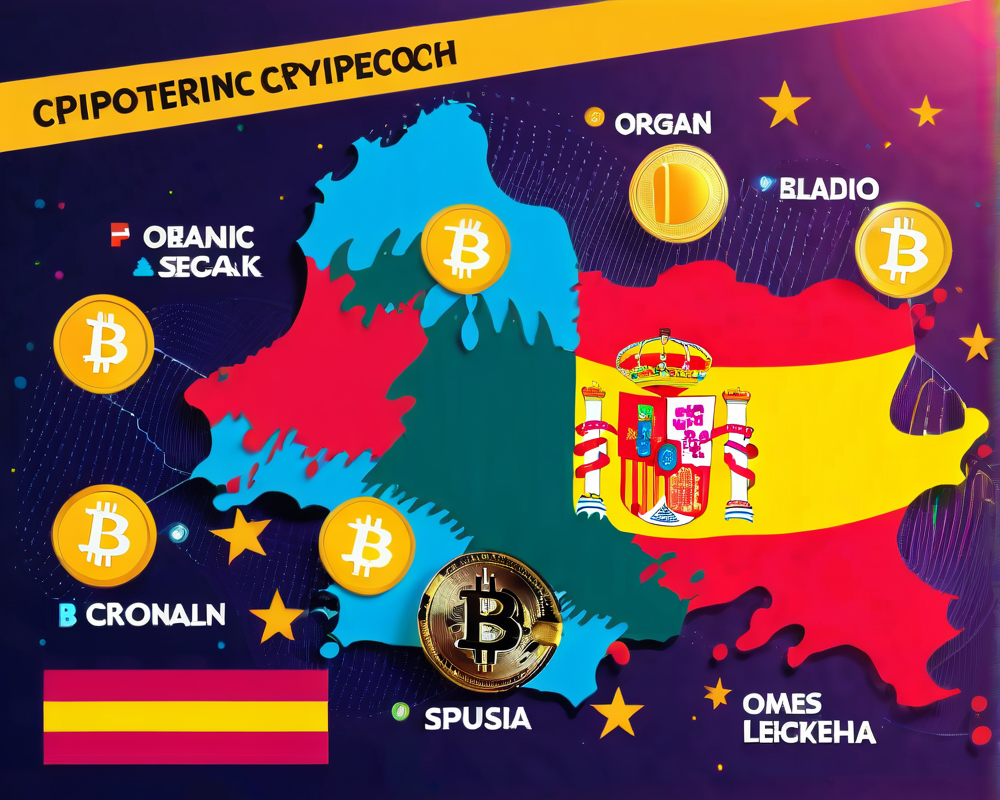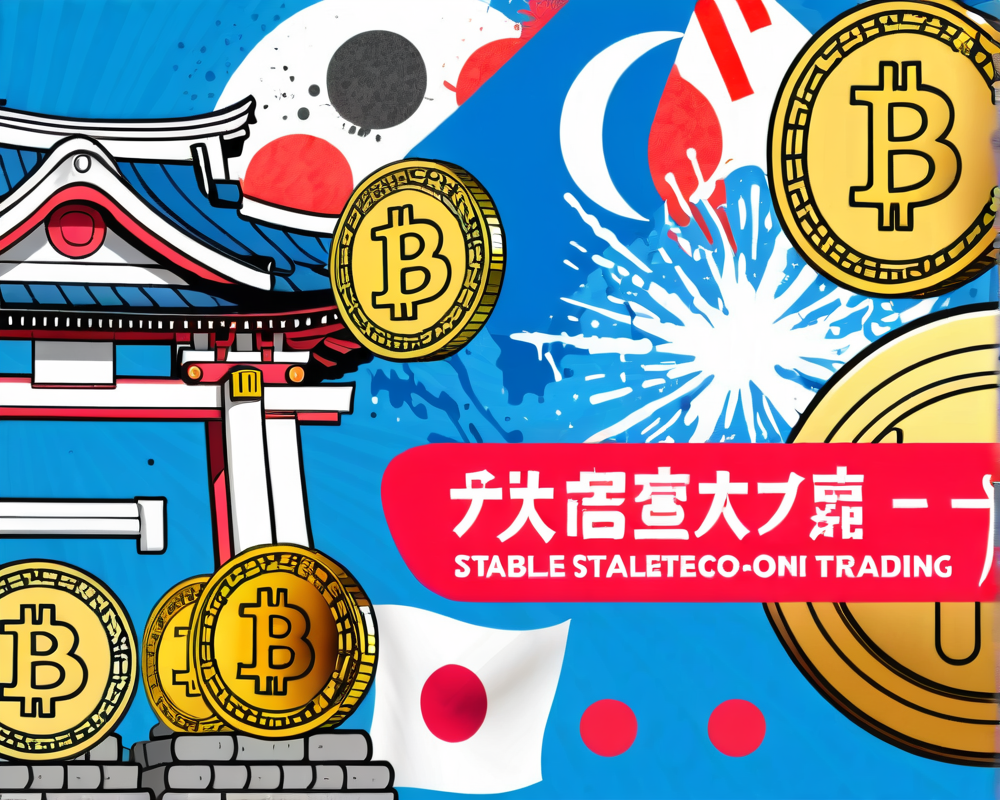The Birth of Blockchain Technology
Everyone thinks blockchain was born from Bitcoin in 2008, but that’s not quite the whole story. Grab your history books, because this tale dates back to 1991, in an era even your granddad thinks was the good old days. Enter Stuart Haber and W. Scott Stornetta, two dudes with a vision to protect digital content using a revolutionary concept known as timestamping.
A Primer on Timestamping
Imagine the digital landscape like a chaotic library where anyone can rearrange the books at will; that’s basically the internet pre-timestamping. Haber and Stornetta struck gold with their idea to ensure that the integrity of digital documents could be certified. They knew that if we didn’t figure out when a document was created or altered, we might as well be living in a digital wild west.
- No more guessing games: They proposed a solution where documents would be sent to a timestamping service (TSS) that’d keep a record of it all. But wait! They realized this meant trusting a third party.
- Hash it out: Instead of sending the whole document, a unique identifier—a cryptographic hash—was created and sent to the TSS, ensuring the document’s authenticity without putting it at risk of tampering.
Enter Blockchain: The Real Game Changer
Fast forward to the release of Nakamoto’s Bitcoin white paper in 2008, where the timestamping concept was supercharged! Rather than a TSS, blockchain introduced a decentralized, verifiable system of document integrity. This meant no single party could pull a fast one. Blockchains stack data using the hash of the previous block, and if someone dares mess with it, it’s game over. You can’t change one piece without wrecking the whole chain!
The Original Use Cases of Blockchain Technology
Okay, let’s break down what timestamping was originally meant to fix. Imagine you’re a budding author, and someone claims your killer novel as their own. How do you prove you’re the creative genius behind it? With blockchain, of course!
- Intellectual property done right: Using hash functions, authorship can be timestamped without halfway revealing the entire content.
- No more shady business: Companies can prove that their documents were original and unadulterated. Adios, worries about forgery!
Why Timestamping Matters Today
In a world overflowing with digital content, timestamping is the superhero we never knew we needed. This process doesn’t just assure that the content is legit; it brings a touch of trust to the chaotic internet landscape.
- Show me the evidence: A unique hash creates an unchangeable link connecting content to its author and the time and date it was created.
- Stop plagiarism: Timestamping links content to its hash in a way that’s impossible to dispute. Steal my work? Not on my watch!
- Consumer confidence: For e-commerce, having original terms publicly visible will keep shady sales tactics at bay.
The Future of Blockchain Technology
The lasting implications of timestamping through blockchain could reshape the very fabric of online interaction. We could be ushering in an era where trust and authenticity reign supreme on the internet. It’s been over three decades since the original timestamp proposal, and the need for accountability has only intensified. The unity of technology and transparency has a role to play in establishing a digital world where authors and readers alike can finally feel secure.




